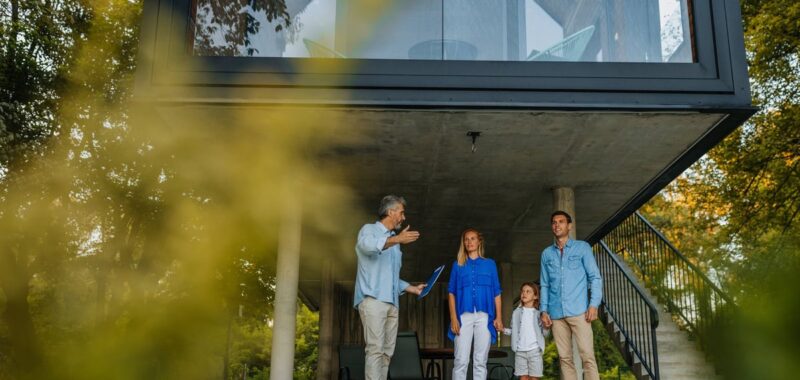If you’ve spent any time looking at house listings over the past few years, you may have noticed that house prices — and the mortgages that come with them — are costly these days.
Starter home values, which Zillow defines as houses in the lowest third of home values in a given region, have skyrocketed 54% over the past five years. When paired with current mortgage rates, housing is more unaffordable than it has been for many Americans in decades.
But there’s one place in the country where it’s far worse to buy a starter home than anywhere else. Big hint: It’s on the West Coast.
California has the most expensive starter homes
California has some of the worst housing affordability in the country, and the latest research sheds light on just how bad it is.
California has 117 cities where a starter home costs $1 million or more. For some perspective, New York is the second-most expensive state, and it has just 31 cities where starter homes are $1 million or more. These prices are far above the nationwide average starter home price of less than $200,000.
Here are the top 10 most expensive states to buy a starter home:
Two ways to lower your monthly housing costs
Unfortunately, there’s not much you can do about expensive housing costs. But there are a couple of ways to significantly reduce your housing costs, either when buying a home or after you’ve moved in. Here’s how.
1. Shop for a better mortgage rate
Mortgage rates have slowly come down recently, with the average rate around 6.5% right now, compared to 7.2% this time last year. And more relief could be on the way.
Many economists believe the Federal Reserve will cut the federal funds rate in September, which would indirectly help bring down mortgage rates. However, not all mortgage lenders offer the same rates. That’s why getting quotes from competing lenders is important to find the best one for your budget.
Just a 0.25% difference in a mortgage rate could have a dramatic impact on your monthly payment. For example, a $350,000 house with a 20% down payment and a 6.75% interest rate would cost $1,815 per month (principal and interest). But the same home with a 6.5% rate would cost $1,771. That’s a difference of $528 every year!
If you already own a home and are paying a high interest rate, you may want to see if refinancing makes sense for you if rates fall significantly lower than what you’re currently paying.
2. Say goodbye to your expensive insurance provider
Homeowners insurance is now 20% more expensive than it was just two years ago — and it’s expected to climb another 6% by the end of this year. The increase means the average homeowner now pays $2,377 in insurance premiums every year. Yikes.
But many people forget that just because you bought a home and signed with a specific insurance provider doesn’t mean you have to keep it.
If your monthly housing costs are too high, you might want to shop for cheaper homeowners insurance. And if you don’t want to switch, consider bundling your home and auto insurance together — you could save up to 25% doing so!
Houses aren’t getting any cheaper, but you can control some costs by getting the best interest rate possible and finding cheaper homeowners insurance. And if you really want to stretch your budget, steer clear of California.
Alert: our top-rated cash back card now has 0% intro APR until 2025
This credit card is not just good – it’s so exceptional that our experts use it personally. It features a lengthy 0% intro APR period, a cash back rate of up to 5%, and all somehow for no annual fee! Click here to read our full review for free and apply in just 2 minutes.

